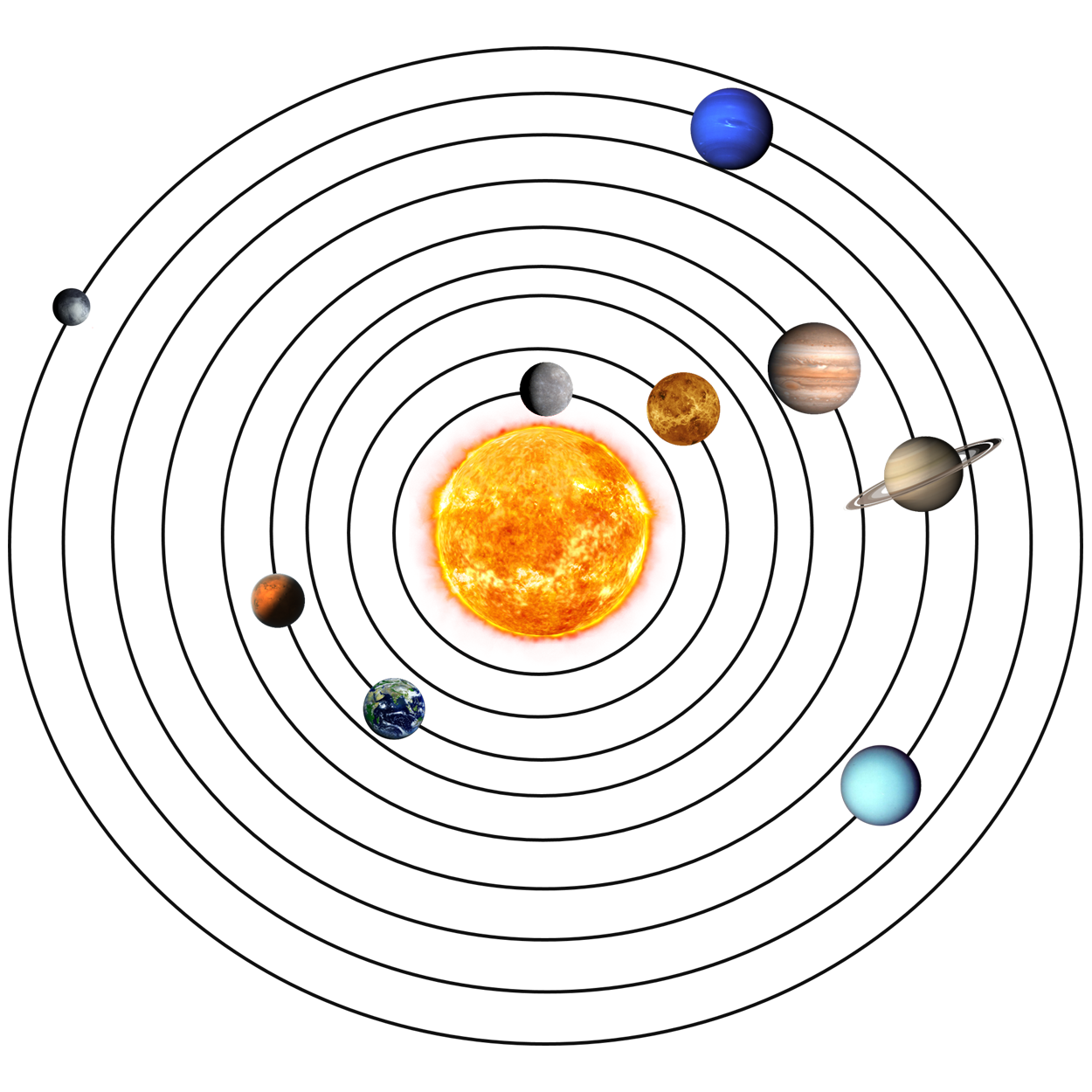The solor system
The solar system is a vast collection of celestial bodies that includes the Sun, planets, moons, asteroids, comets, and other smaller objects. It formed approximately 4.6 billion years ago from a giant molecular cloud. The Sun, located at the center, provides the gravitational force that holds the solar system together.
The sun
The Sun is a yellow dwarf star, primarily composed of hydrogen and helium. It has a diameter of about 1.4 million kilometers (870,000 miles) and accounts for more than 99% of the solar system's mass. Through nuclear fusion, it emits light and heat, which enables life on Earth and influences the dynamics of all other objects in the solar system.
Planets
The solar system consists of eight planets: Mercury, Venus, Earth, Mars, Jupiter, Saturn, Uranus, and Neptune. Each planet has its own unique characteristics. For example, Mercury is the smallest and closest to the Sun, while Jupiter is the largest and known for its massive size and swirling storms, including the famous Great Red Spot.
Moons
Moons are natural satellites that orbit planets. Earth's moon, called simply "the Moon," is the most well-known, but many other fascinating moons exist in the solar system. For instance, Jupiter's moon Io is the most volcanically active body, and Saturn's moon Enceladus has geysers that shoot icy particles into space.
Dwarf planets
In addition to the eight planets, there are several recognized dwarf planets in the solar system. Pluto, previously considered the ninth planet, is the most famous example. Eris, Haumea, Makemake, and Ceres are other notable dwarf planets. They are smaller than the planets and often found in the outer regions of the solar system.
Asteroid Belt and Kuiper Belt
The asteroid belt is a region located between Mars and Jupiter that contains numerous rocky objects called asteroids. These remnants from the early solar system's formation range in size from small boulders to dwarf planets. Beyond Neptune's orbit lies the Kuiper Belt, which is home to icy bodies, including Pluto and other dwarf planets.


